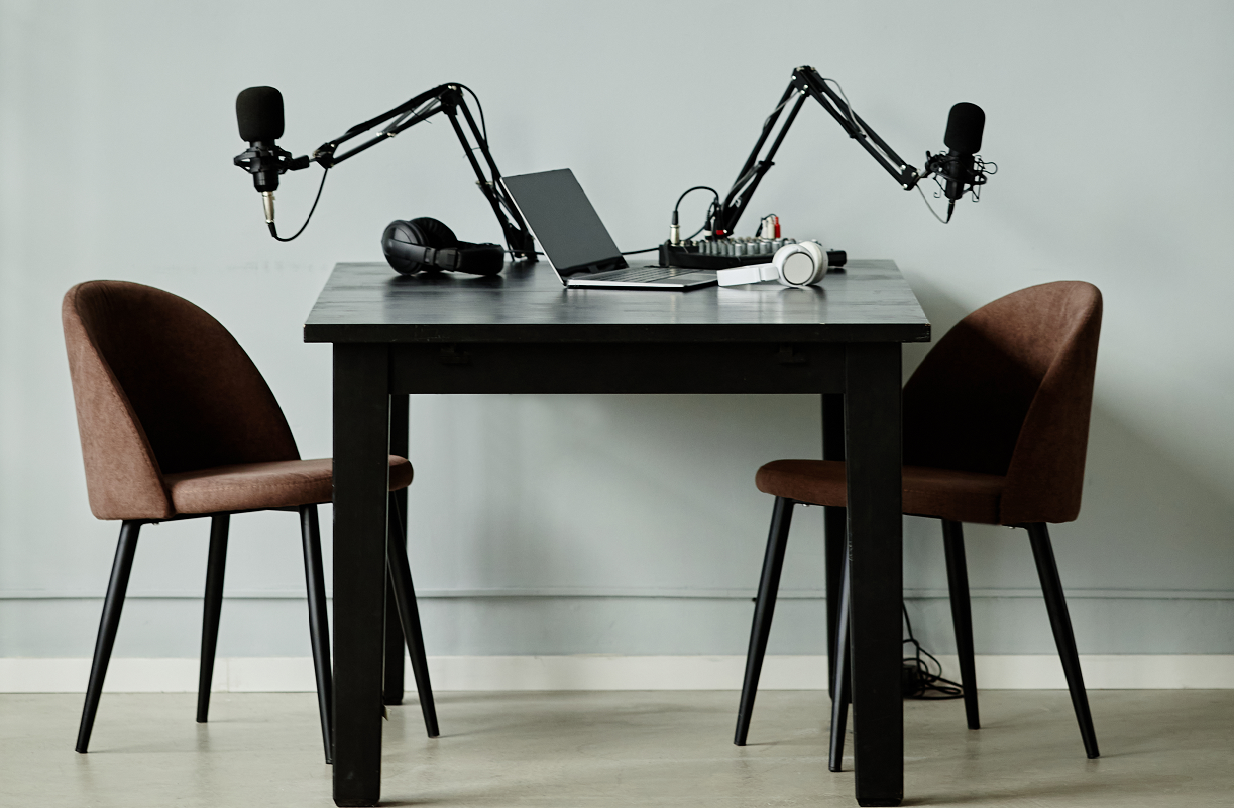
Paul Smith, SVP of Sales, AdTonos
In 1980, The Buggles released “Video Killed The Radio Star” – the music video that prophesied the end of the radio age. And here we are, over 40 years later, and radio – to the surprise of some – is still going strong.
This is not, however, for lack of trying on behalf of other audio-visual technologies. The latest giant to take on the staple of the traditional media environment is Spotify, who in a recent blog highlighted the way podcast advertising is superior to radio advertising, and this is, unsurprisingly, a biased stance on their part.
Another, potentially more helpful – and more realistic – way to look at the state of digital media, entertainment, and advertising today is by looking at how we can see each element working together and separately: in harmony.
Radio: the ur-medium of music and talk
Let’s get one thing straight: radio deserves our respect. Aside from the fact that it is still a broadly popular medium drawing in 89% of the UK population, it is also the grandfather of audio advertising, from whence all other forms of audio advertising were born.
Radio also still delivers a highly profitable return on investment, with every pound spent generating up to £7.70. With relatively low production costs and access to large audiences at smaller prices, it’s easy to see how radio is still one of top contenders for brands to consider when it comes to disseminating their ads.
While traditional radio may not enable the highly specific kind of targeting podcasts can, we do know that it does tap into older generations – 78% of listeners are 56 and over – who are also less likely to listen to podcasts (where the median age bracket lies between 16 and 34 years old) while at the same time are more likely to have disposable income. And while not as precise, brands can still opt on contextualising their advertisements around station-type, gender, age, region, and time of day or week.
Nevertheless, we need to get real about the ways in which podcasting and other up-and-coming types of audio-visual media are shaking up the advertising sphere.
The new media on the block
Obviously it would be unreasonable to call attention to how great radio is without seeing how many new audio platforms take the best bits of it and make them… well, a bit better. And this is not to say radio is redundant, rather that each has their place in any media mix.
If I had to use one word to describe what’s best about the podcast sphere, it’s “focused” – not only are listeners well and truly tuned in and focused on the podcast they have chosen to listen to, but the analytics available to platforms such as Spotify are much more extensive and precise compared to more traditional formats.
As Spotify points out, audio advertising on podcasts is a lot more personal, tailored to individual listeners’ likes and dislikes, which makes the chance of highly intrusive and out-of-place advertising less likely. And while digital audio broadcasting (DAB) radio makes many shows accessible for people on-the-go and often requires user-logins, FM radio does not enable playback and can only approximate audience demographics.
Finally, if we think about the level of engagement of new media and dare to venture beyond simple radio or podcasts and into the sphere of in-game audio advertising – another booming industry with over 3.2 billion active gamers – it’s easy to see why 83% of media buyers are looking to invest in this new domain, especially where up to 74% of players respond well to incentive-driven advertising (that is, listening to ads in return for in-app rewards).
Endgame
Spotify, unsurprisingly, is quick to play up how podcasts exceed radio at every turn. But many radio stations, producers, and presenters have become very media savvy when it comes to cross-platform engagement with fans, allowing radio to develop and stay relevant. If we think about smart speaker advertising – where advertisers can seamlessly integrate audio ads to which listeners can react to with simple command – this can work with both podcasts and DAB radio (that is, very well).
When listeners both tune in and relax, they make for a very receptive audience. This may be more true for podcasts than for radio, which can have a habit of running in the background. But why limit yourself, or your brand?



